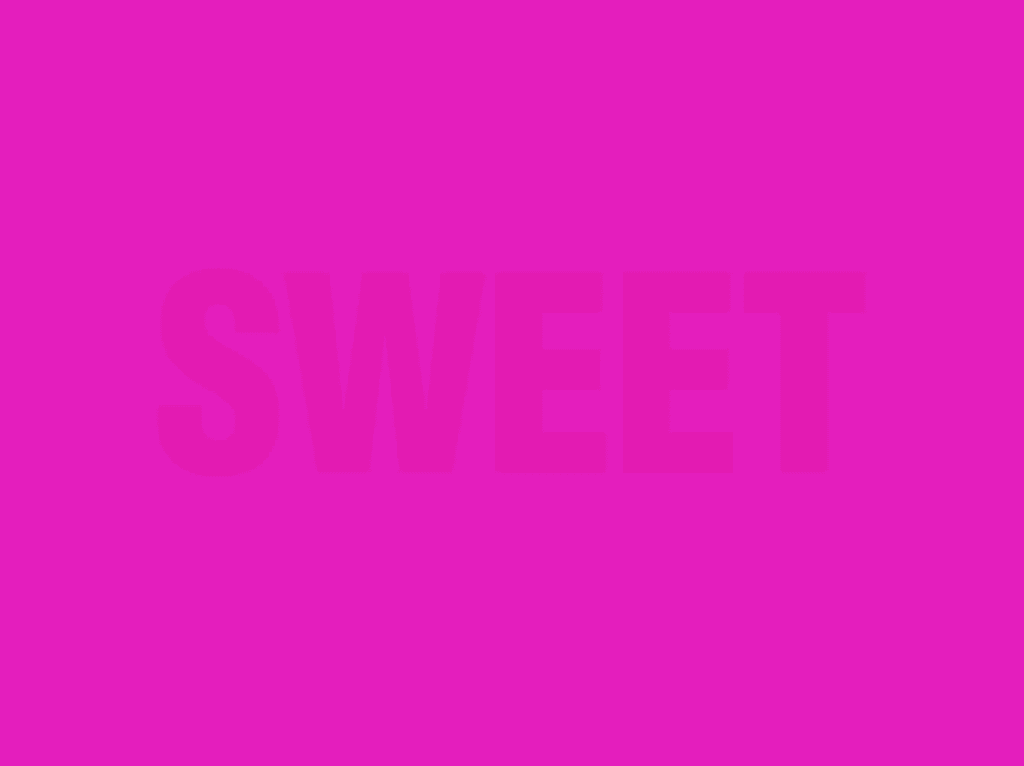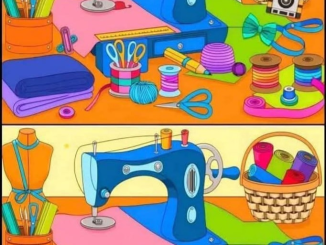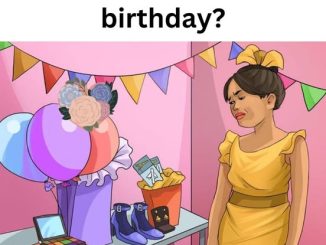Have you ever taken one of those eye-catching color vision tests that challenge you to spot numbers or words hidden in colorful dots? These puzzles are more than just visual fun—they can reveal a lot about how your eyes perceive the world. If you can read all the words in this challenge without second-guessing, chances are your color vision is perfectly intact.
But if some words seem to fade or blend into the background, you might unknowingly have a form of color vision deficiency.
Understanding Color Vision Deficiency (a.k.a. Color Blindness)

Color vision deficiency, commonly known as color blindness, affects millions of people—many of whom don’t even know they have it. The condition is usually inherited, and while it doesn’t cause health issues, it can change the way people interact with everyday things like signs, clothes, apps, and even food.
There are four main types of color vision deficiency:
Deuteranomaly – reduced sensitivity to green light
Protanomaly – reduced sensitivity to red light
Tritanomaly – reduced sensitivity to blue light
Monochromacy – complete color blindness, where everything appears in black, white, and gray (very rare)
So here’s a simple challenge. Can you read all eight hidden words below? Only people with full-spectrum color vision can read them all without hesitation. Let’s see how sharp your eyes really are.
Can You See the Blue Word?
Blue is often one of the easiest colors to see for people with color blindness, especially since it’s detected by a different set of receptors than red and green. Most people with red-green color deficiency can still distinguish blue.
If you spotted the word TREE, your eyes are off to a solid start.
Video : Only People With Perfect Color Vision Can Read These Words
Can You See the Green Word?
Green can be tricky for many, especially for those with red-green color blindness, the most common form of the condition. Green can often appear as yellow or brown depending on lighting and context.
If you managed to find EAT, your green vision is likely functioning well.
Can You See the Purple Word?
Purple might sound like a straightforward color, but because it’s a mix of red and blue, people with color blindness often confuse it with blue or a dark gray. It really depends on the specific type of deficiency.
Did you find the word BOOT in this one?
Can You See the Pink Word?
Pink often throws people off. It’s essentially a shade of red, so those who have trouble seeing red might miss it entirely or see it as gray. But pink is frequently used in designs, clothing, and branding, which helps people recognize it based on context.
If you clearly saw SWEET, that’s a great sign your vision is in tune with the red spectrum.

Can You See the Blue Word Again?
Blue makes a second appearance, not to trick you, but to test consistency in your color recognition. Some people can see one shade of blue clearly and struggle with another depending on contrast or lighting.
Did you also spot the word PARK this time?
Can You See the Orange Word?
Orange can be a bit sneaky because it shares elements with red and yellow, two colors that can be difficult to tell apart for those with certain types of color blindness. Depending on the background, orange can easily be mistaken for a faded red or a bright mustard yellow.
If the word LOVE popped out at you, your color receptors are working together just fine.
Can You See the Purple Word Again?
We’re back to purple because it’s a solid test for your eye’s ability to blend red and blue light. If your brain can’t process both equally, purple might show up as a blue-leaning color, or not appear correctly at all.
Were you able to read the word HAT?
Can You See the Red Word?
Now we come to the ultimate challenge: red. Many people struggle with red without even realizing it. Red can appear brown, dull, or even green in some lighting conditions for those with red-blindness.
Did you catch the word BEAD in this final test?

Here Are All the Words:
TREE
EAT
BOOT
SWEET
PARK
LOVE
HAT
BEAD
What Your Score Says About Your Vision
If you saw all eight words clearly and easily, you probably don’t suffer from any of the four types of color blindness. Your eyes are likely picking up the full color spectrum without any interference.
If you missed one or more, you’re definitely not alone. Many people have mild or moderate color vision deficiencies and have learned to adapt through context clues, experience, and pattern recognition.
Why This Matters More Than You Think
How we see colors isn’t just a matter of perception—it affects how we interpret signs, choose clothes, pick fruits, and even read instructions. Color can influence emotion, decision-making, and interaction. People with color vision deficiencies often find ways to adapt, but knowing how your eyes work is a big step toward improving how you engage with the world.
Perspective isn’t just about opinion—it’s about literal vision, too.
Video : Only people with perfect color vision can read this words
Conclusion: Your Eyes Tell a Story—Learn to Listen
These types of color tests are more than just fun games. They help us understand our strengths and limitations. They remind us that everyone sees the world a little differently—and that’s not always a bad thing.
If you nailed all eight words, great job! If not, don’t worry—this challenge is here to open your eyes (pun intended) to how vision and perspective work together. Share your results with a friend and see how they do. You might be surprised at how different your views of the same image really are.
Try more challenges like this to keep your brain and your senses sharp. Who knows? You might just discover a whole new way of seeing the world.


